Understanding the Characteristics of the Heta-Uma Illustration Works in the 1980s: A Case Study of Teruhiko Yumura and Yosuke Kawamura
Abstract
:1. Introduction
- (I)
- The trend between the year and the number of Heta-Uma works during the 1980s.Motivation: The 1980s was the prosperous period of development for Heta-Uma, but it is uncertain whether the works in the 1980s underwent distinct changes as a result of the early ascent, middle stage, and late stage. From this viewpoint, it is possible to provide a research perspective and a foundation for future study on Heta-Uma, in order to qualitatively investigate its potential drivers (e.g., economy, culture, and life demand).
- (II)
- Heta-Uma work type differences between Yumura and Kawamura.Motivation: A variety of Heta-Uma works have been assessed, but how the types of these works differ remains unknown. Thus, we aimed to gain an understanding of the differences between the two considered representative Heta-Uma illustrators through a comparative analysis.
- (III)
- The role of text in Heta-Uma works.Motivation: Heta-Uma works use “technical immaturity” to express their contents. We argue that this may make the audience confused, hindering understanding of their intentions underlying the Heta-Uma contents. Thus, we further explore whether text is essential in Heta-Uma works.
2. Background and Related Work
2.1. Definition of Heta-Uma
- (1)
- Heta-Uma (unskilled good).
- (2)
- Heta-Heta (skilled bad).
- (3)
- Uma-Uma (skilled good).
- (4)
- Uma-Heta (skilled bad).
- Uma-Uma (works that are highly skilled and attractive).
- Uma-Heta (works that are highly skilled but not attractive).
- Heta-Uma (works that are not highly skilled but very attractive).
- Heta-Heta (works that are neither highly skilled nor attractive).
2.2. Representative Illustrators: Yumura and Kawamura
2.3. Related Work
3. Materials and Methods
3.1. Materials
3.2. Research Methods
4. Research Results
4.1. The Trend of Heta-Uma Works during the 1980s

4.2. Difference in Heta-Uma Work Types between Yumura and Kawamura

4.3. Text in Heta-Uma Works

5. Discussion
5.1. Features of Yumura’s Heta-Uma Work
5.2. Features of Kawamura’s Heta-Uma Work
5.3. Relationship between Hetauma and Platform
5.4. Relationship between Hetauma and Japanese Aesthetics
6. Conclusions
Funding
Data Availability Statement
Conflicts of Interest
References
- ACROSS Henshushitsu. 1994. Hetauma Sedai. Tokyo: PARCO Publishing. [Google Scholar]
- Dejasse, Erwin. 2016. Heta-Uma: Manga on the Other Side of the Mirror. Liége: University of Liége. [Google Scholar]
- Fuchu Art Museum. 2019. Heso Magari: Japanese Art from Zen Paintings to Heta-uma. Tokyo: Kodansha Ltd., p. 2. [Google Scholar]
- Jima, Oda. 2009. 1980’s Pop Illustration. Sevenoaks: Aspect Press. [Google Scholar]
- Jun, Kawahara. 1971. New Illustration Imagination and Technology and Professional Secrets. Tokyo: David sya. [Google Scholar]
- NHK. 2015. What Is Heta-Uma? Available online: https://www.nhk.or.jp/subculture/02/lecture05.html (accessed on 29 April 2023).
- Schodt, Frederik L. 2013. Dreamland Japan: Writings on Modern Manga. Berkeley: Stone Bridge Press, pp. 140–44. [Google Scholar]
- Shoji, Yamafuji. 2013. Hetauma Bunkaron. Tokyo: Iwanami Shoten, pp. 4–5, 16. [Google Scholar]
- Tadashi, Fujita. 2012. dennsetsu no irasutore-ta Yosuke Kawamura no shinnjitsu. Tokyo: p-vine Books. [Google Scholar]
- Teruhiko, Yumura. 1981. Teruhiko Yumura HIT PARADE. Tokyo: Bijiutsu Press, p. 84. [Google Scholar]
- Yo, Onishi. 2018. About the “Heta-Uma” in Japanese Illustrations. J. Hokkaido Univ. Educ. (Humanit. Soc. Sci.) 69: 140–44. [Google Scholar]
- Yousuke, Kawamura, and Yumura Teruhiko. 1984. nippon no e. Yousuke Kawamura vs. Teruhiko Yumura. Tokyo: Shogakukan. [Google Scholar]
- Yukiko, Tanaka. 2019. Artscape Artwords 1.0. Available online: https://artscape.jp/artword/index.php/ (accessed on 29 April 2023).
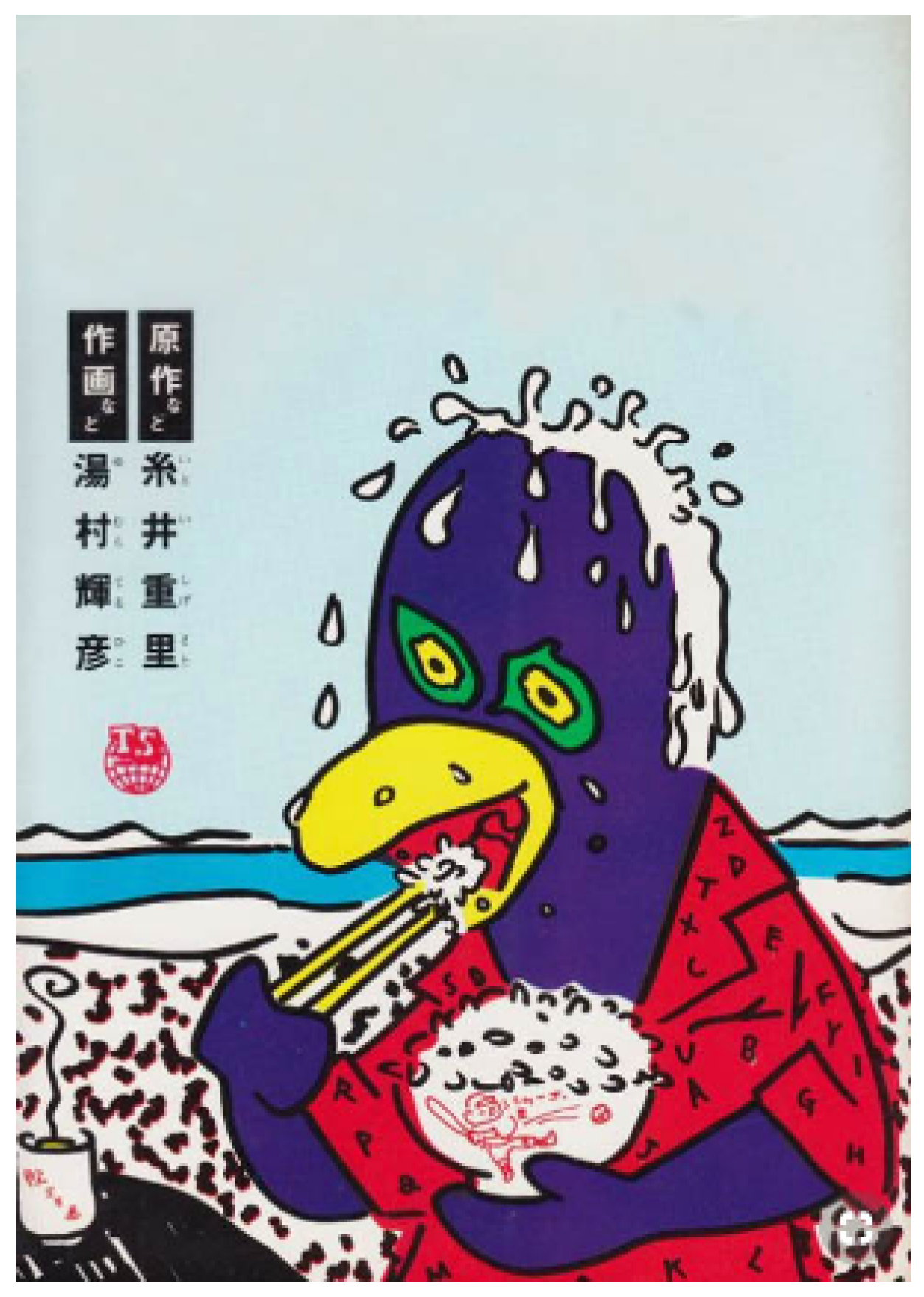
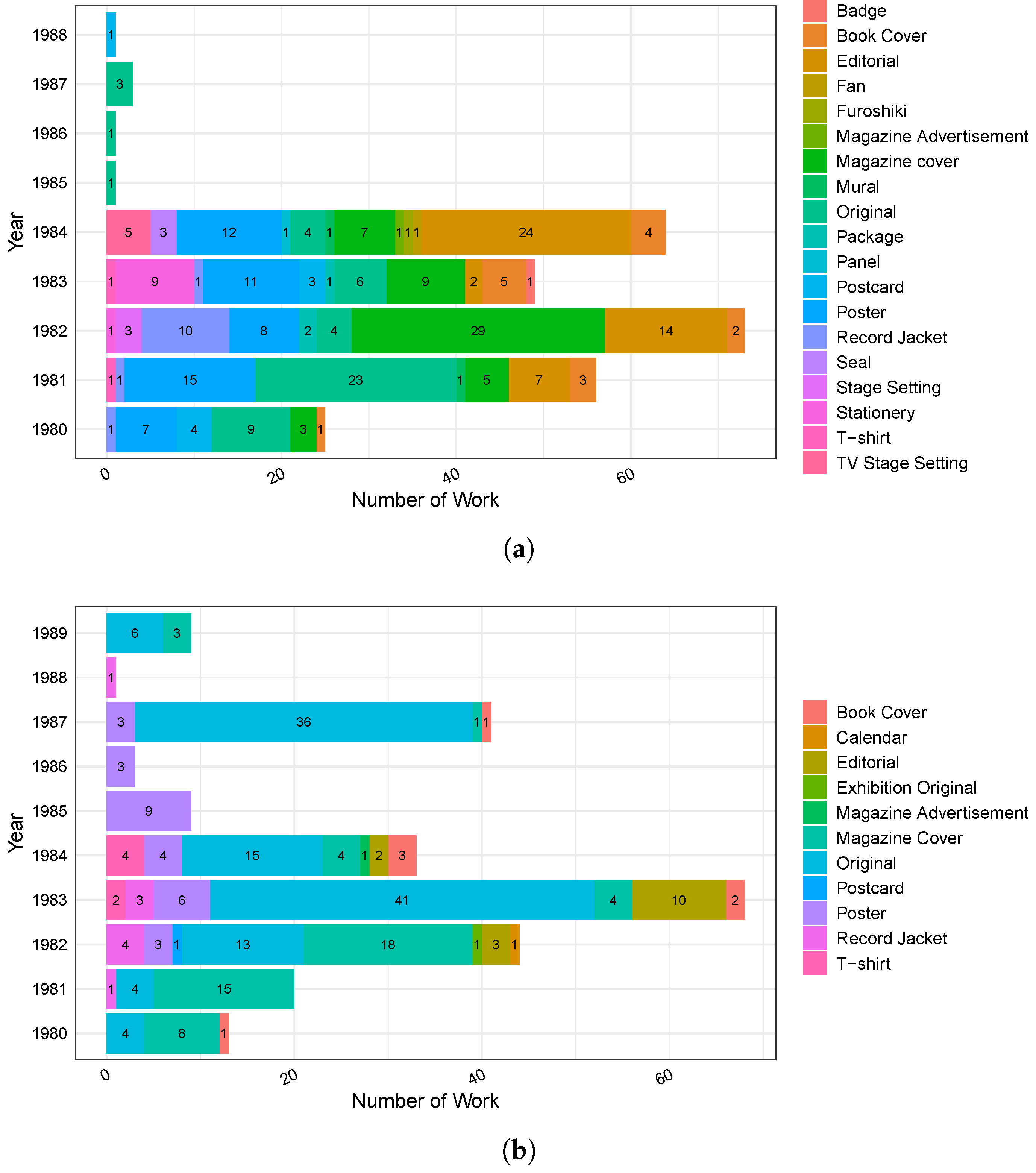
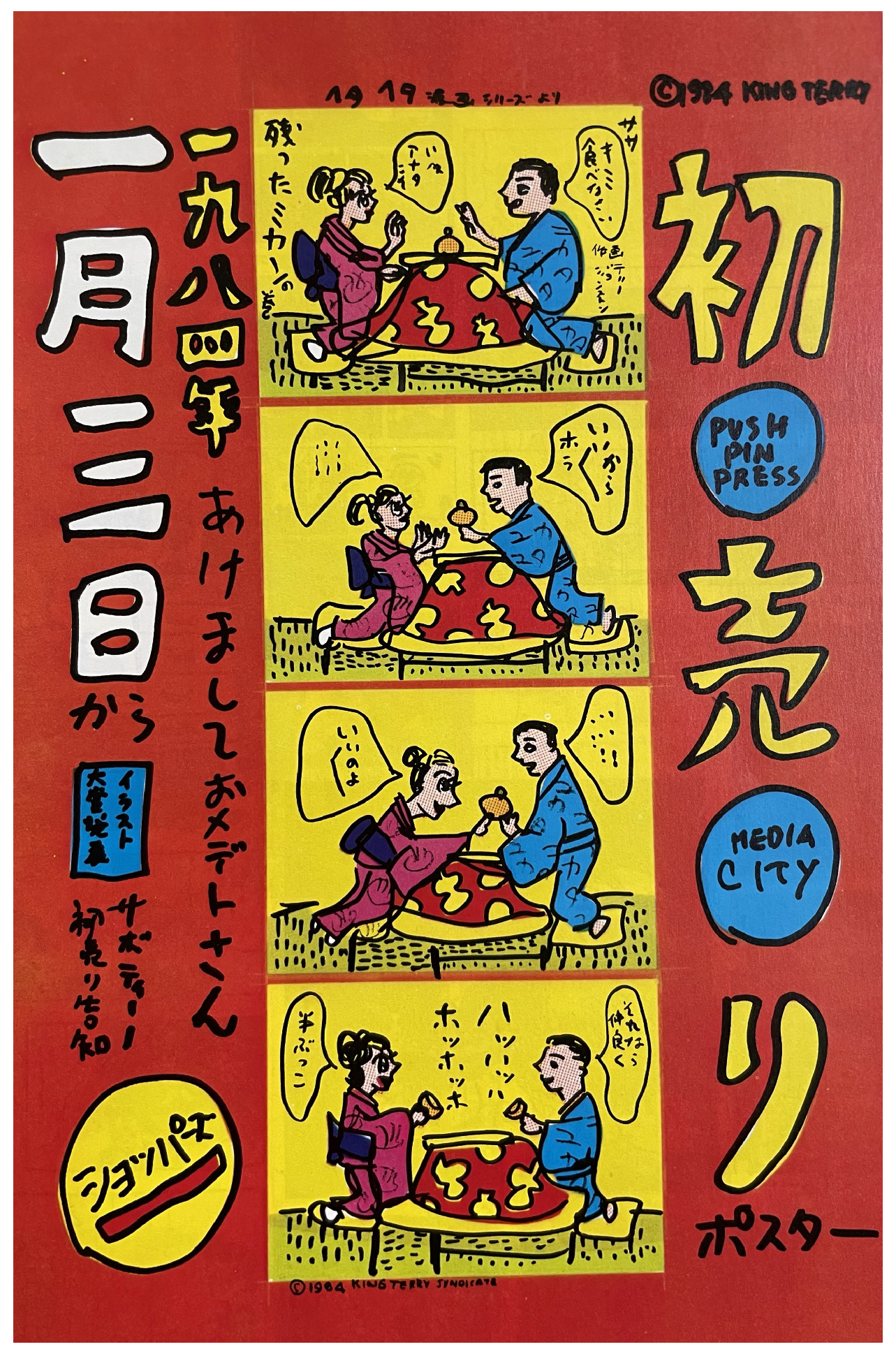
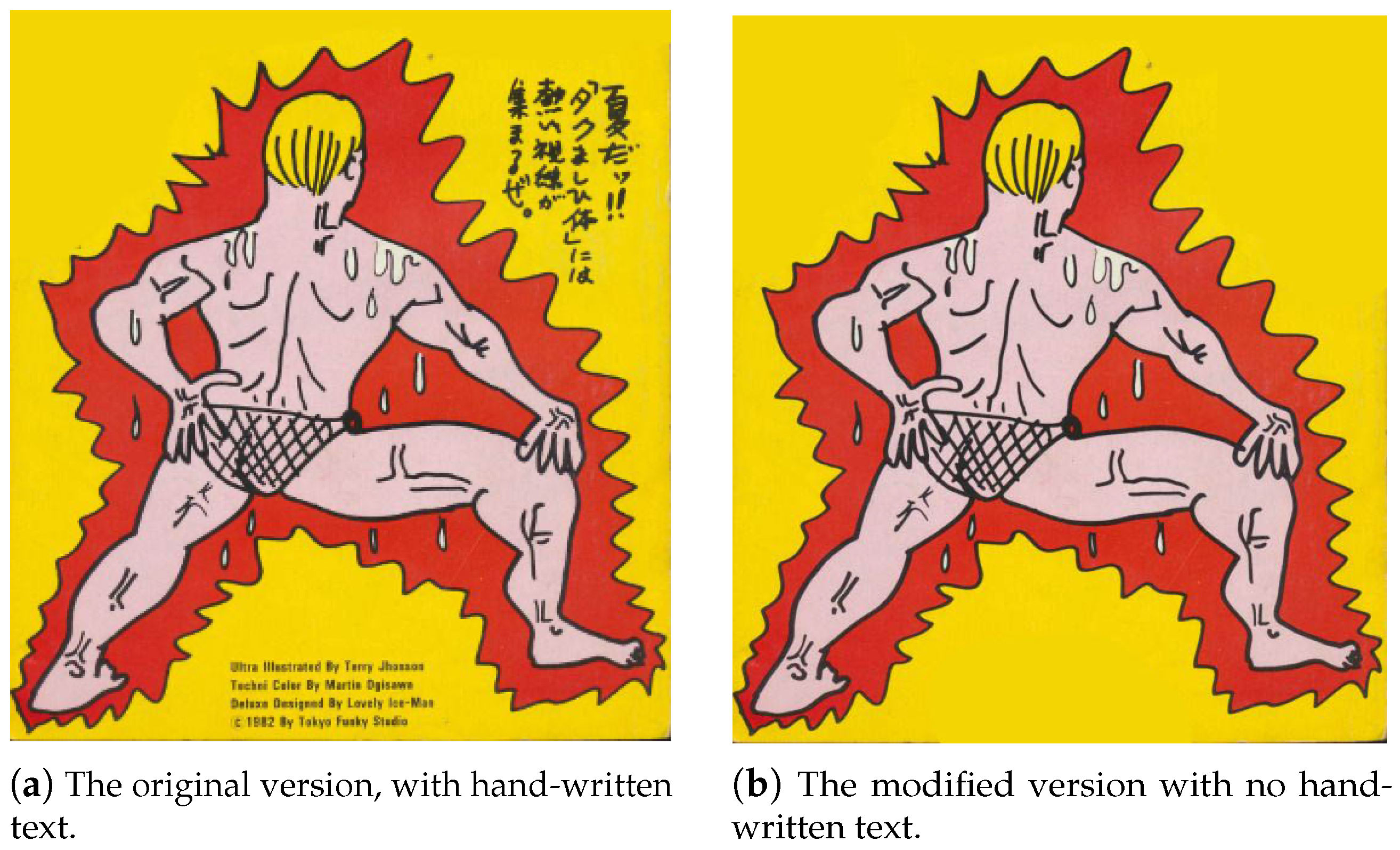
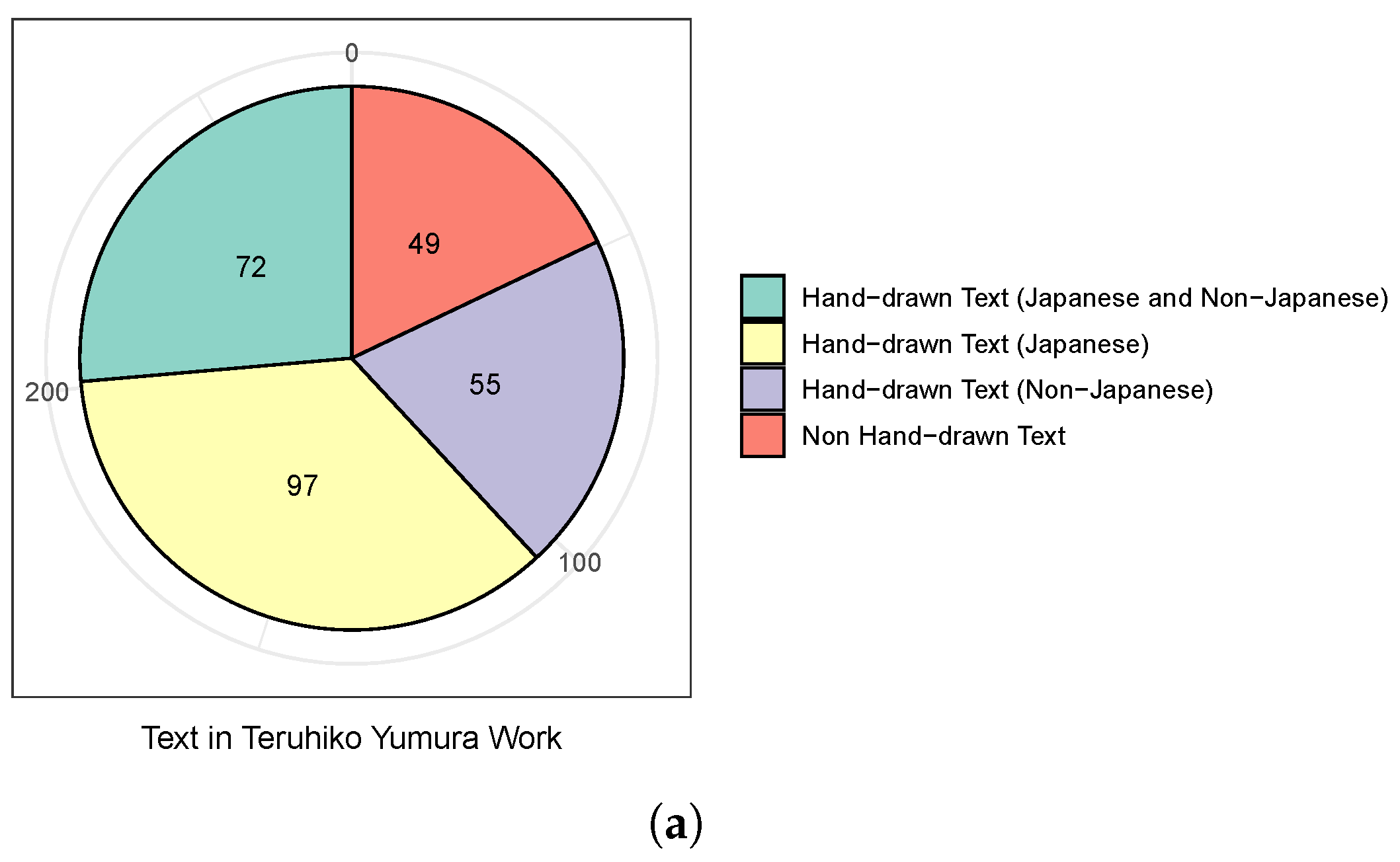
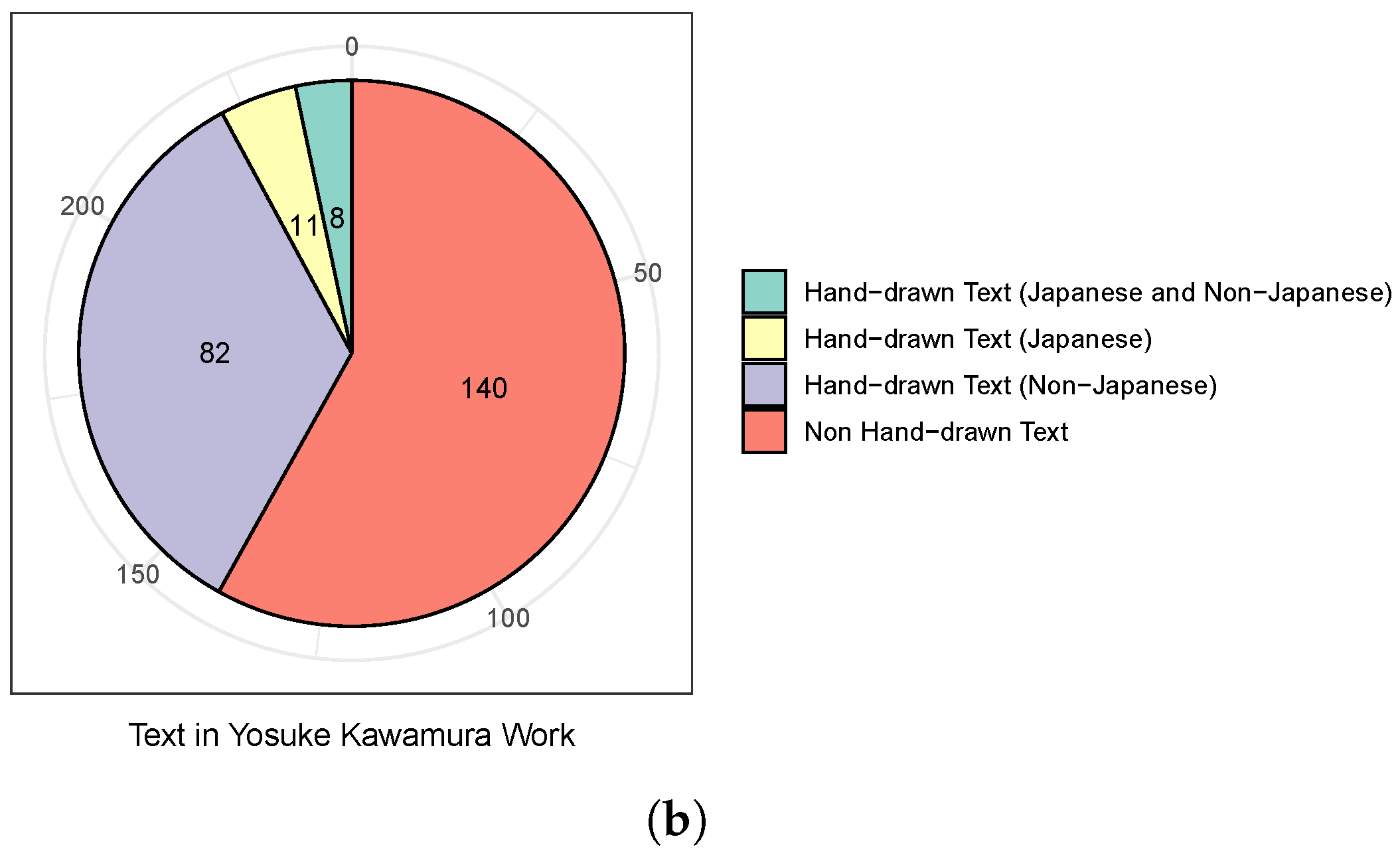
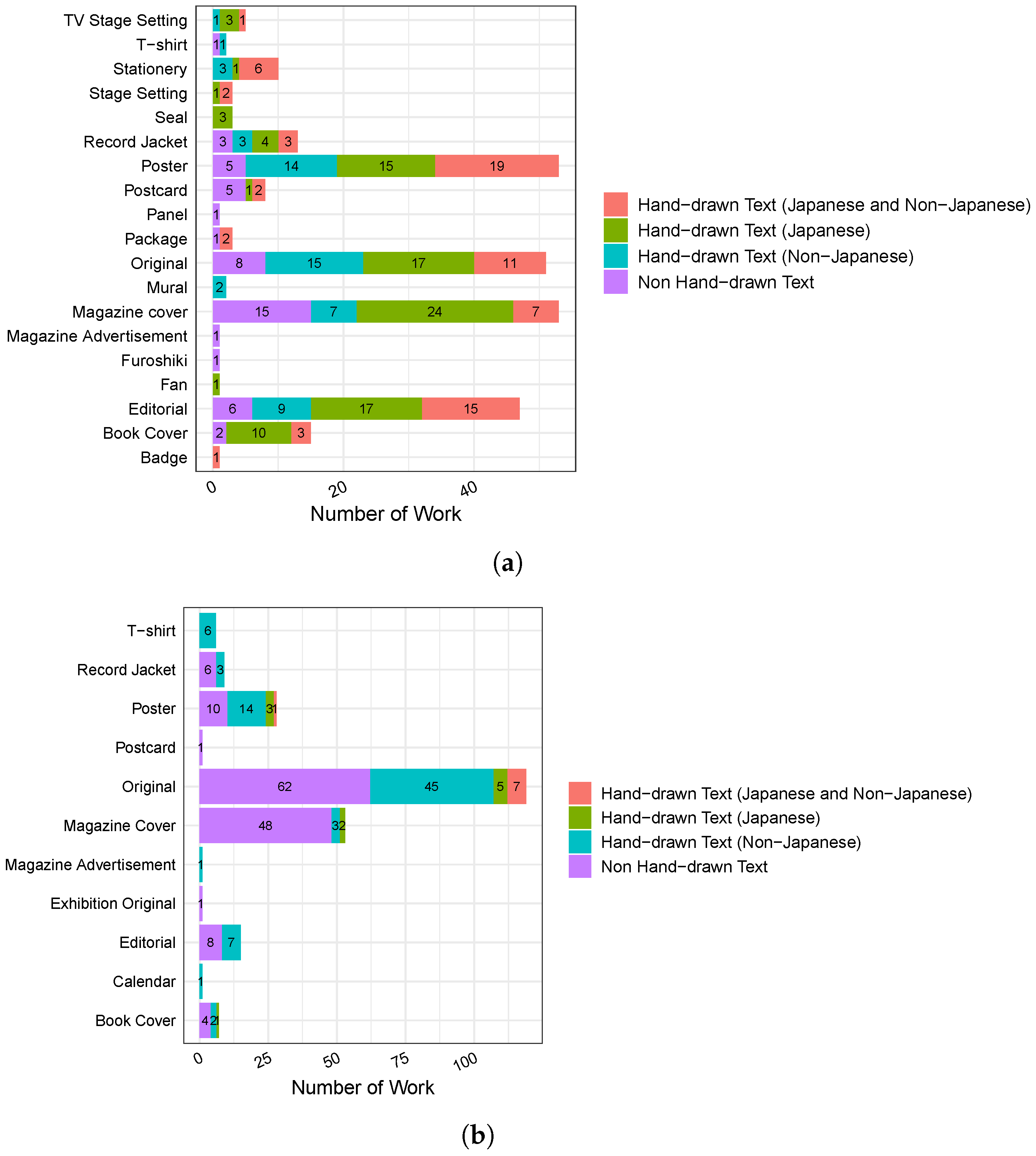
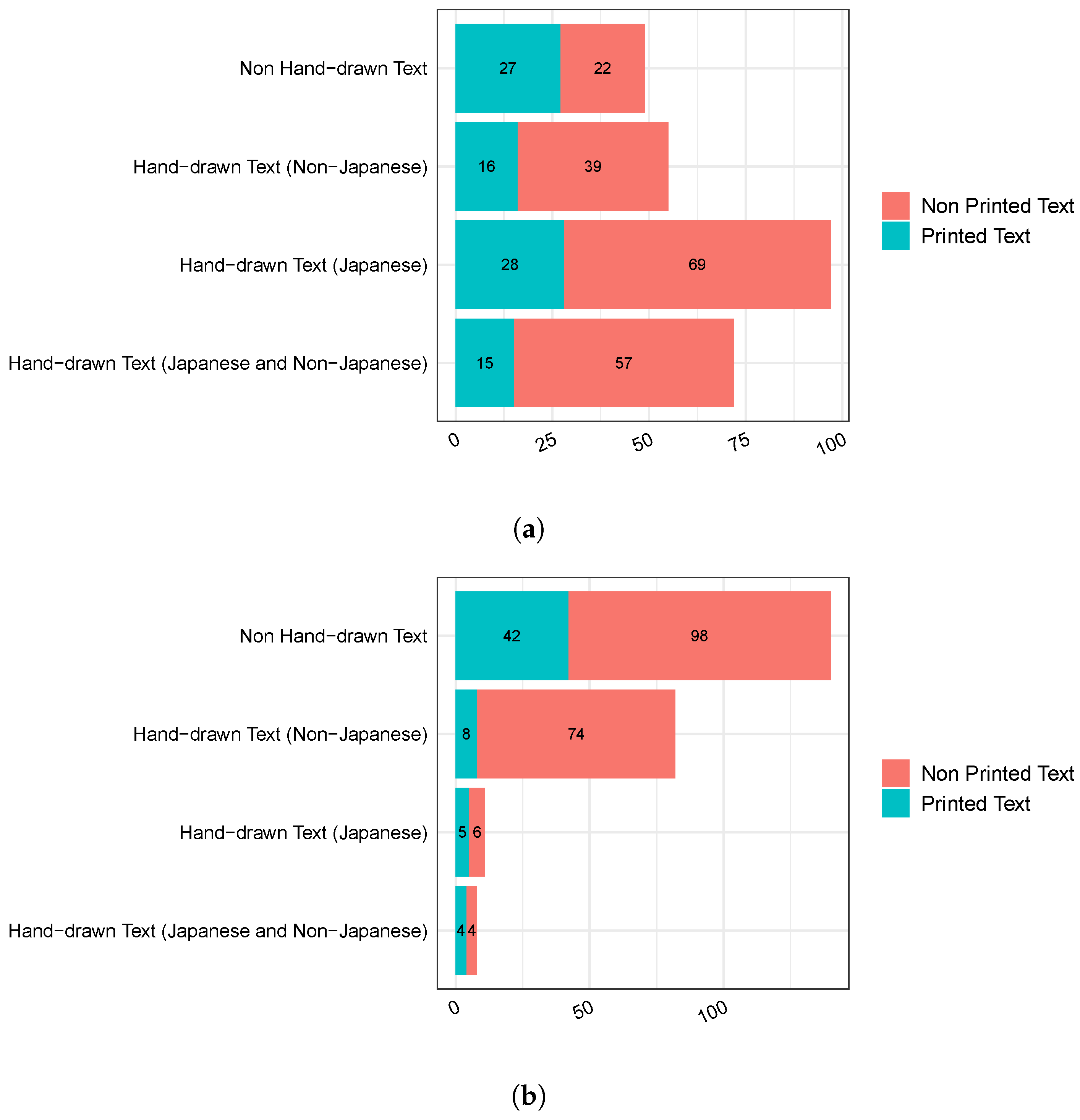
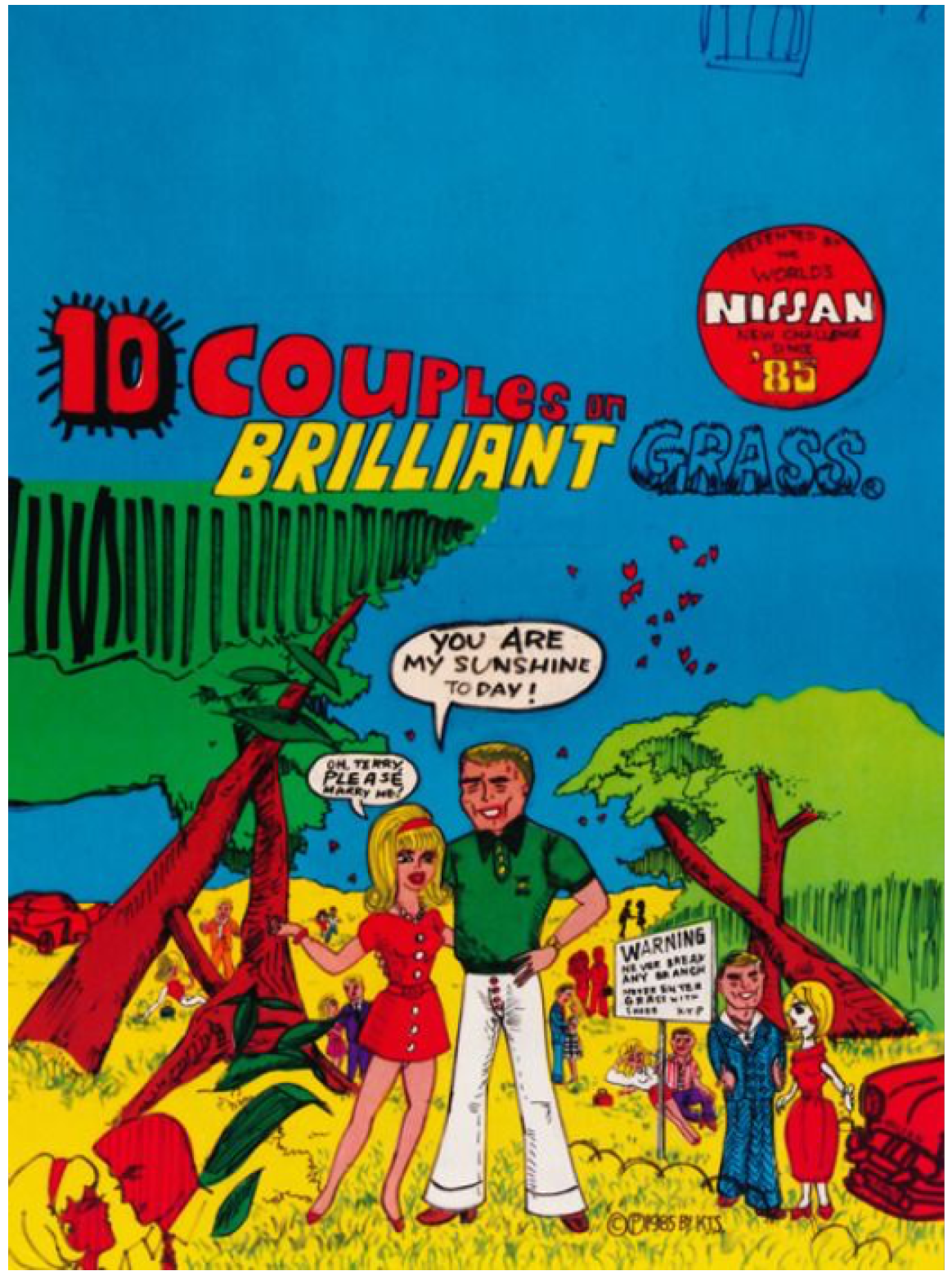
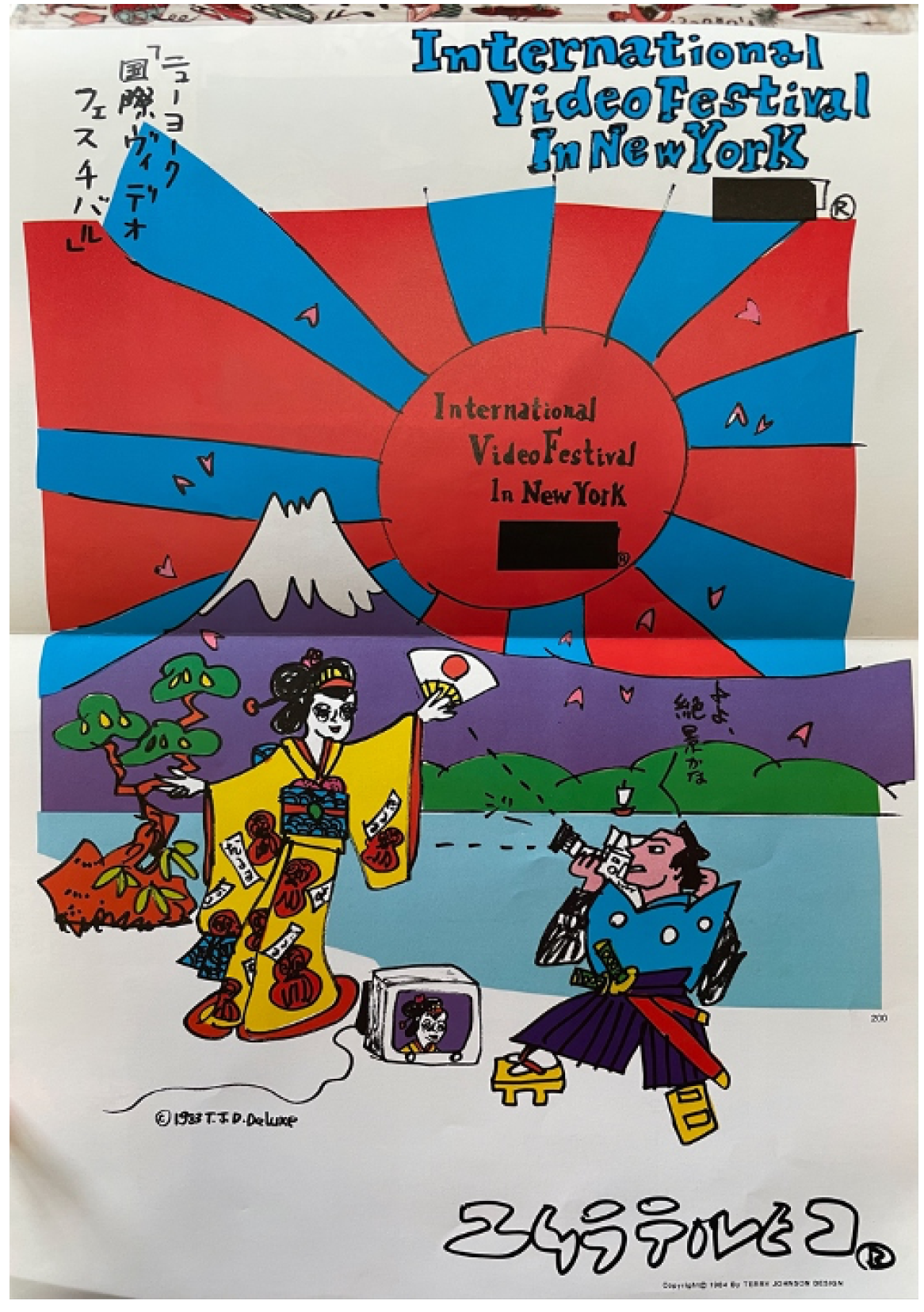
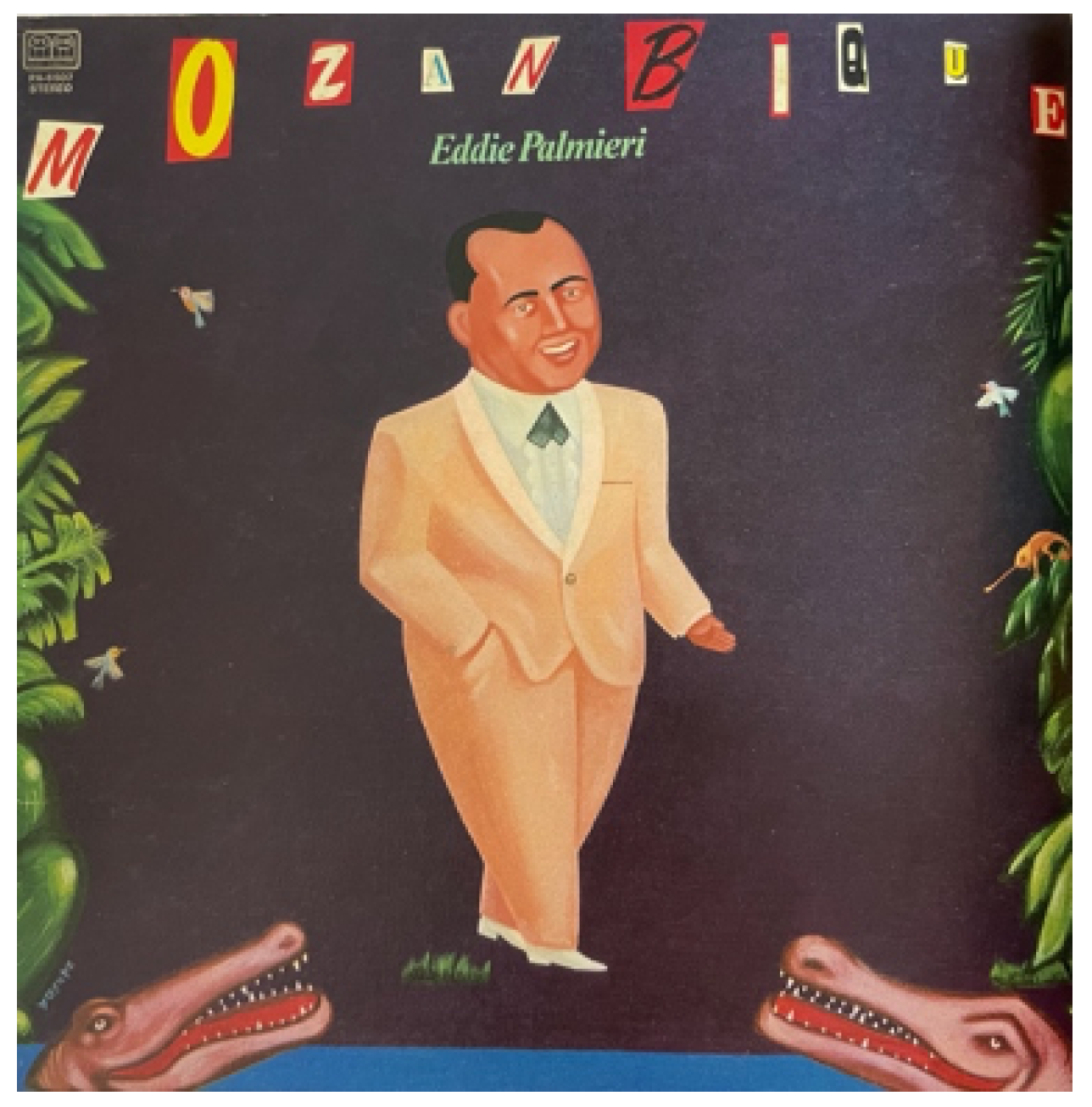
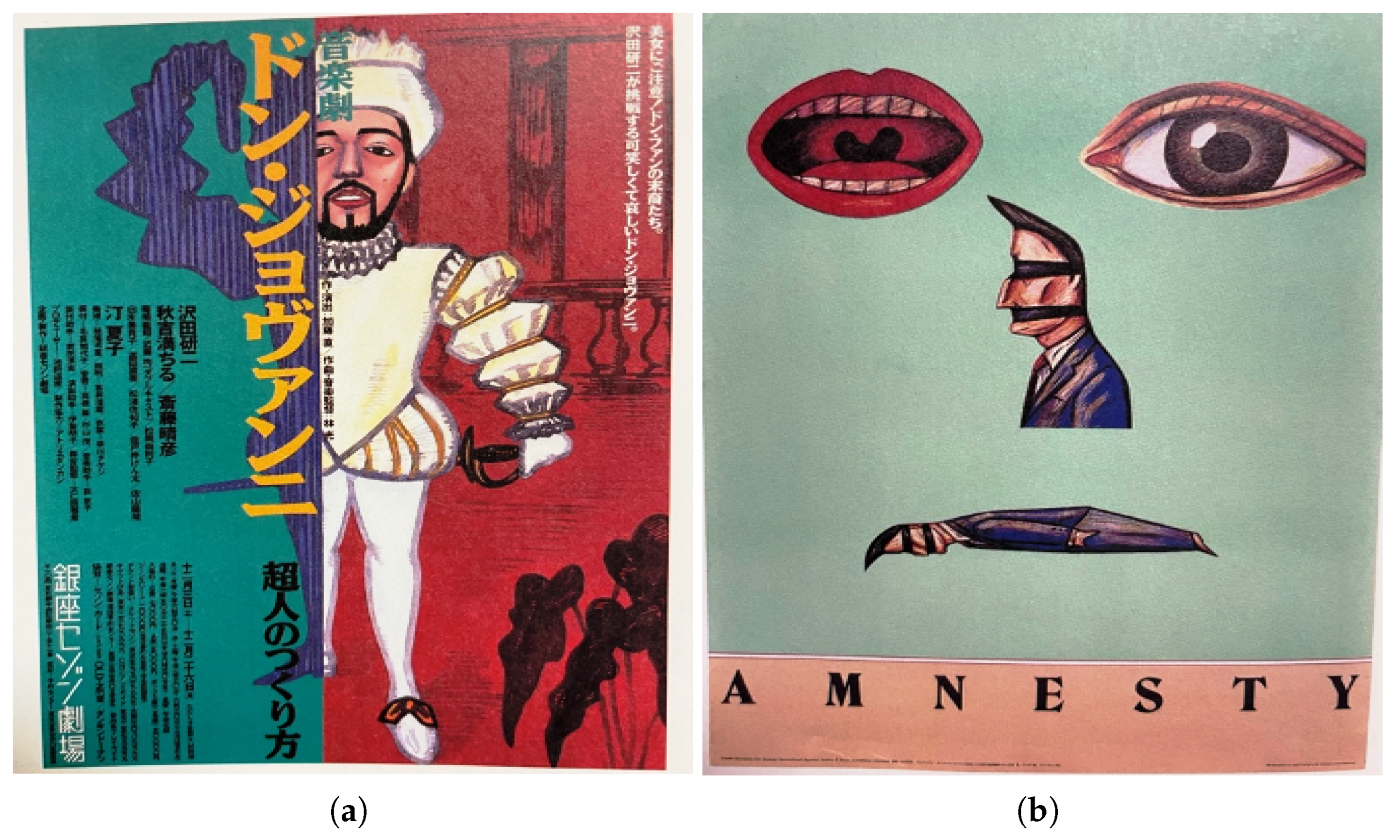
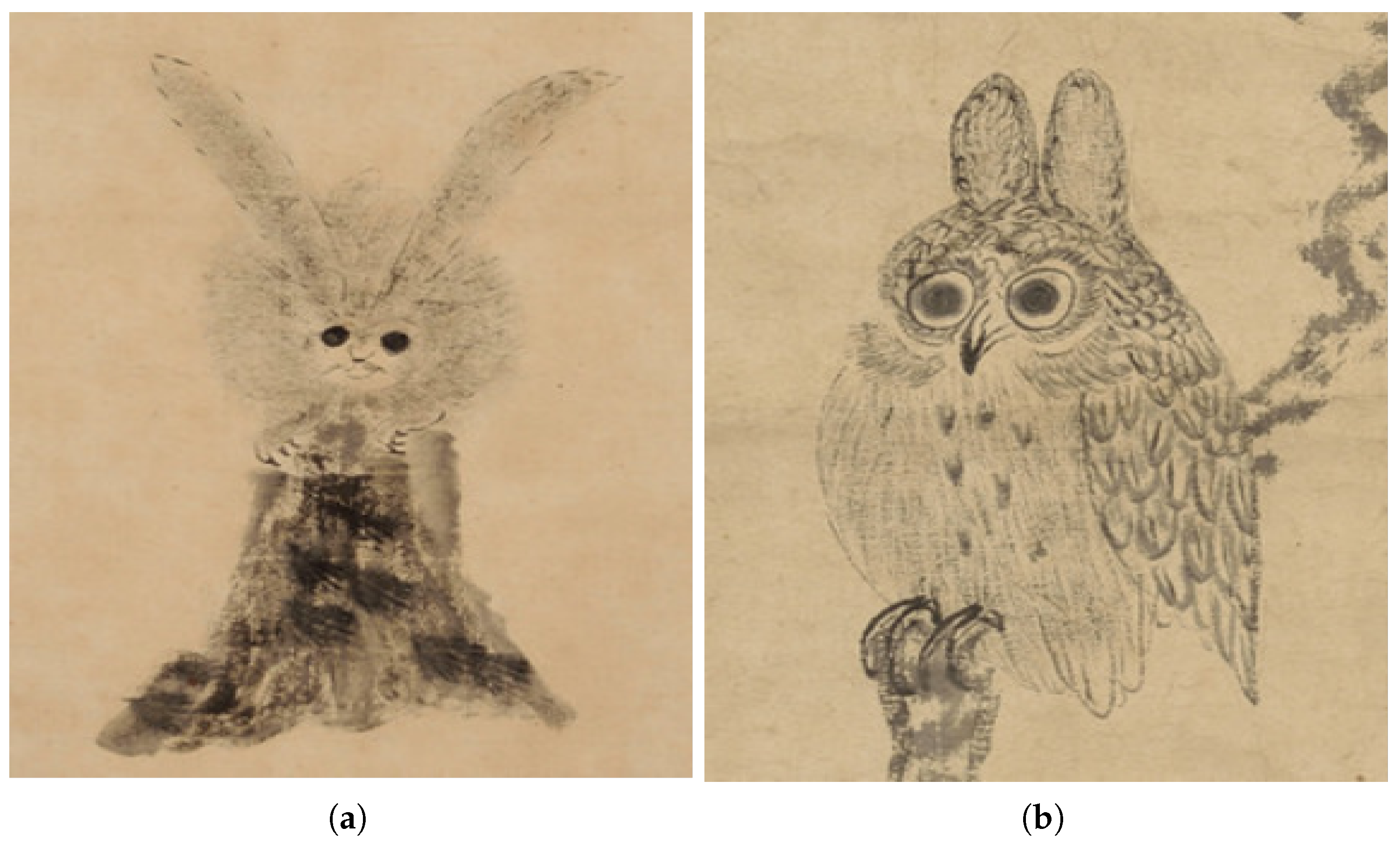
Disclaimer/Publisher’s Note: The statements, opinions and data contained in all publications are solely those of the individual author(s) and contributor(s) and not of MDPI and/or the editor(s). MDPI and/or the editor(s) disclaim responsibility for any injury to people or property resulting from any ideas, methods, instructions or products referred to in the content. |
© 2023 by the author. Licensee MDPI, Basel, Switzerland. This article is an open access article distributed under the terms and conditions of the Creative Commons Attribution (CC BY) license (https://creativecommons.org/licenses/by/4.0/).
Share and Cite
Wang, S. Understanding the Characteristics of the Heta-Uma Illustration Works in the 1980s: A Case Study of Teruhiko Yumura and Yosuke Kawamura. Arts 2023, 12, 90. https://doi.org/10.3390/arts12030090
Wang S. Understanding the Characteristics of the Heta-Uma Illustration Works in the 1980s: A Case Study of Teruhiko Yumura and Yosuke Kawamura. Arts. 2023; 12(3):90. https://doi.org/10.3390/arts12030090
Chicago/Turabian StyleWang, Siyu. 2023. "Understanding the Characteristics of the Heta-Uma Illustration Works in the 1980s: A Case Study of Teruhiko Yumura and Yosuke Kawamura" Arts 12, no. 3: 90. https://doi.org/10.3390/arts12030090
APA StyleWang, S. (2023). Understanding the Characteristics of the Heta-Uma Illustration Works in the 1980s: A Case Study of Teruhiko Yumura and Yosuke Kawamura. Arts, 12(3), 90. https://doi.org/10.3390/arts12030090




